5 Easy to Forage Edible Spring Plants of the Northeast

At Eat The Planet we love to teach people how foraging for wild edibles can be easy, safe, and rewarding. This article was written to get people out there and eating edible wild plants safely. There are 3 things that you need to be able to do first and this article is meant to make […]
Multiflora Rose, An Invasive But Nutritious Wild Edible
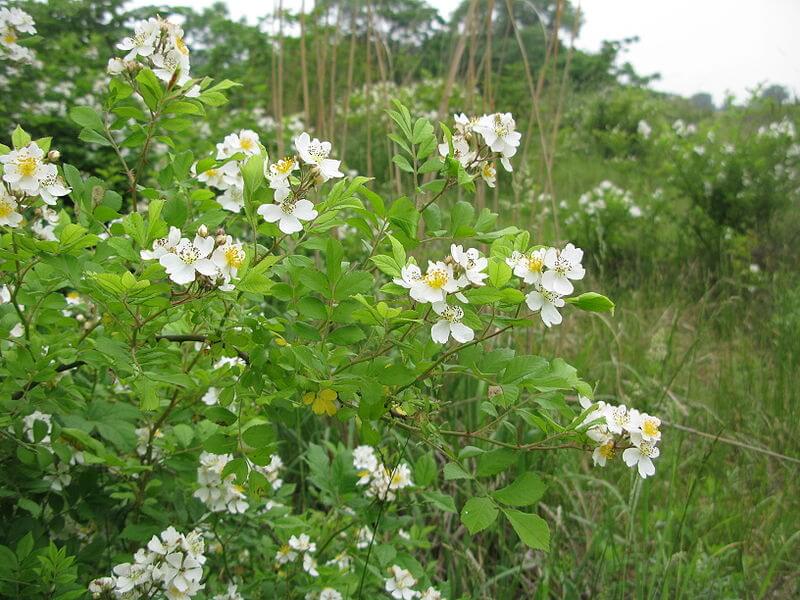
Roses are one of the most popular plants known to mankind. Their history as a cultivated plant goes back at least 5000 years. The Multiflora Rose (Rosa multiflora), also known as Japanese Rose is a native Asian rose that has become invasive in many parts of the United States and Canada. The edibility and medicinal […]
Eastern White Pine, An Effective Remedy For The Common Cold
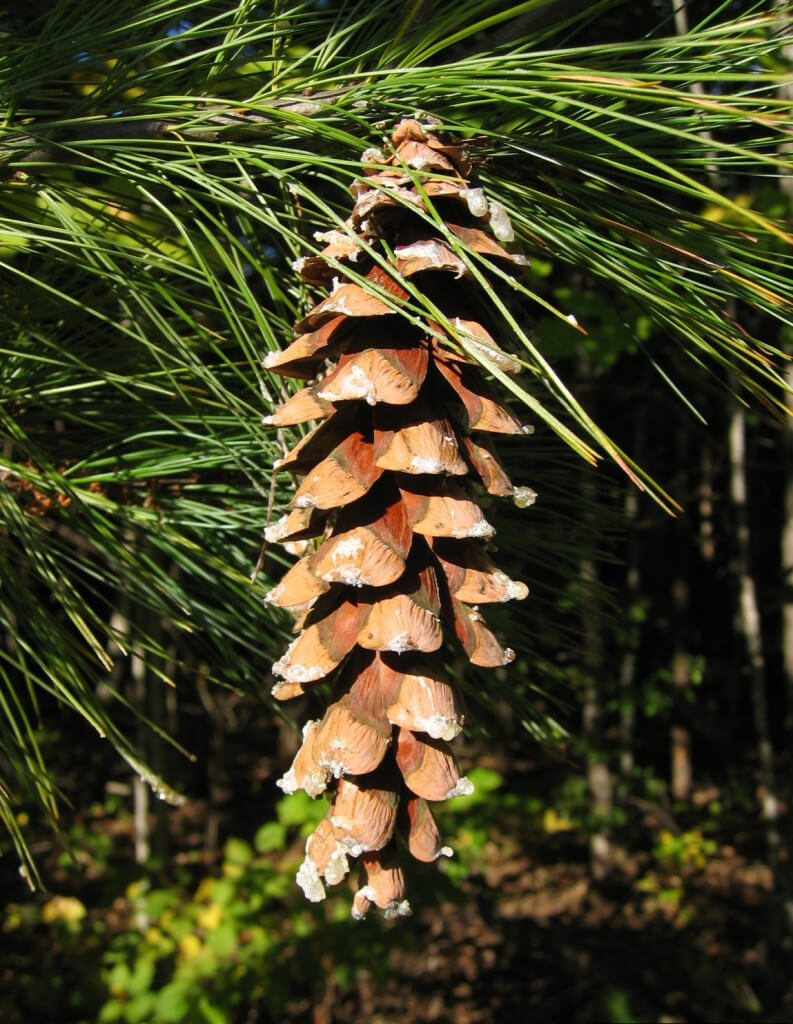
Eastern White Pine (Pinus strobus) is a common native forest and landscape tree in the eastern half of the United States. The Pines (Genus: Pinus) are a prolific genus of trees and shrubs including slightly more than 100 species. This particular species is a long lived tree, some exceptional specimens have been estimated to be […]
What Is The Opposite Of “Conifer”

This is a website about wild edibles so when identifying conifers we should know how they are distinguished from other plants What is the opposite of the term “conifer”? A Question we have heard since we learned about trees as children. The answer is easy right? First of all, think of an answer and write […]
What Is The Opposite Of “Conifer” ANSWER
This is page 2 of a 2 page article for page 1 click HERE First of all if you said there is no answer your right. There is no opposite of a type of organism. Cat is not the opposite of dog, and apple is not the opposite of banana but…We all know what this […]
10 Wild Edibles, You Should Know
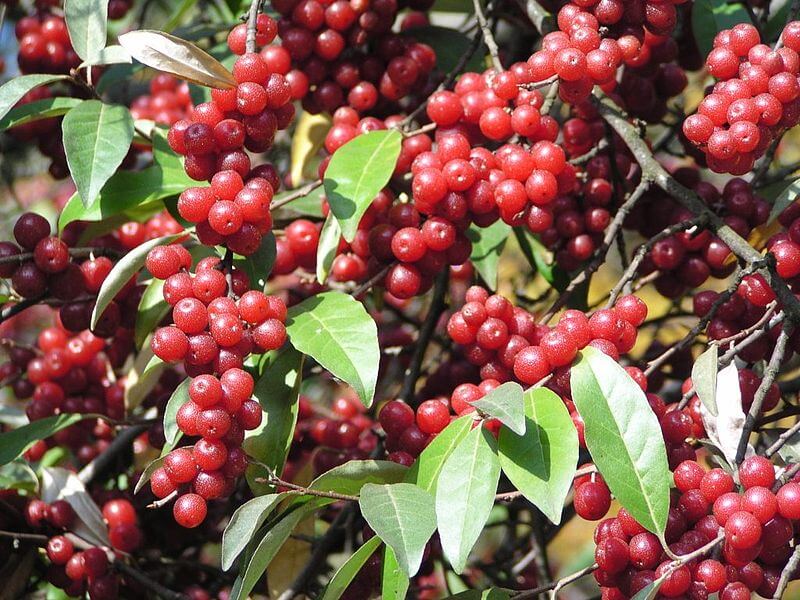
This is a list of wild edibles that are abundant, easy to identify, and significant in one way or another. These are some of the basics that are good to know if you’re stuck in the woods in a survival scenario or simply camping and hiking. There are some basic identification features mentioned here but […]
Oak Tree Acorns, A High Calorie Wild Edible

Oak Trees (Genus: Quercus) are deciduous or evergreen broad-leaved trees or shrubs that grow all over the world. There are over 550 species of Oak Trees worldwide. Oak Tree acorns were a staple food for Native American Indian tribes and other indigenous people around the globe. Oak Trees are very common and produce edible acorns […]
Canadian Hemlock, A Hot Winter Tea
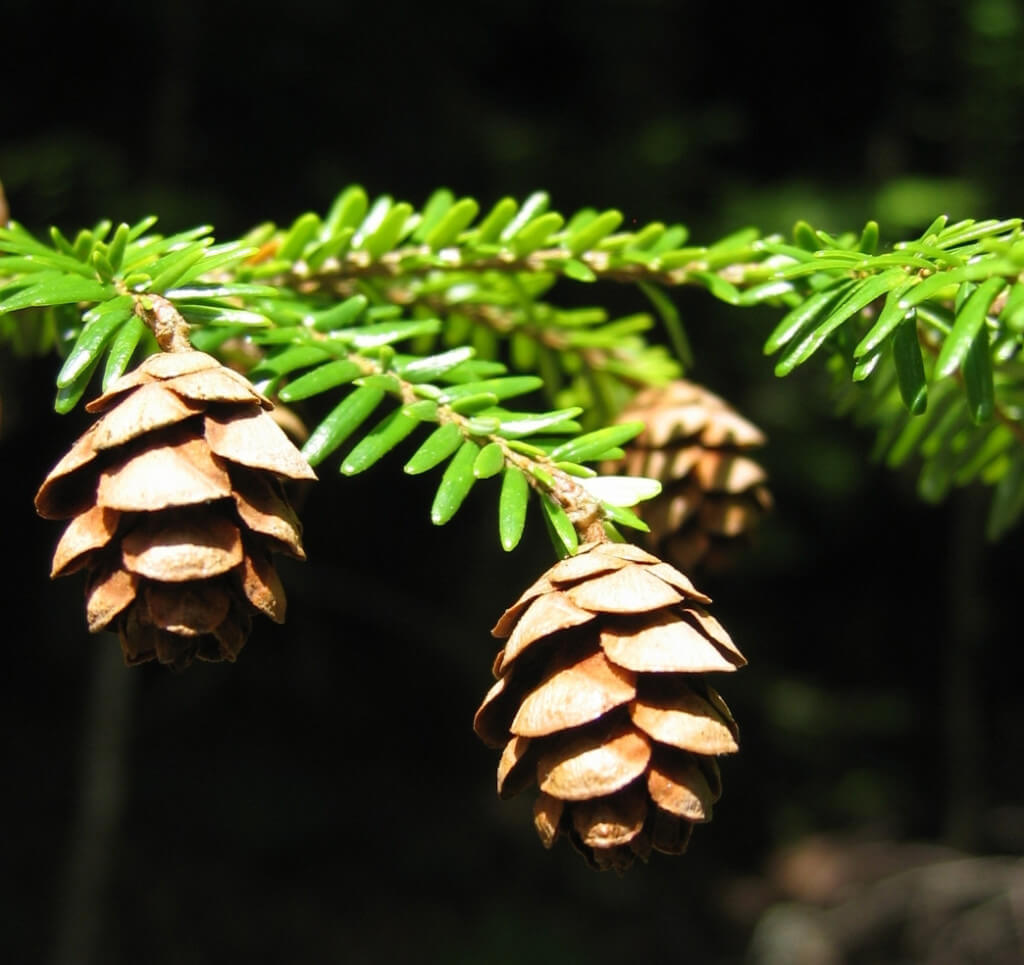
Canadian Hemlock(Tsuga canadensis), also known as Eastern Hemlock is a large forest tree native to North Eastern United States and parts of Canada. There are other species in the same genus that grow in the western part of the continent, this article generally applies to those species as well. Canadian Hemlock is an evergreen tree […]
Surprisingly, Smoking Tobacco From A Pipe May Have Health Benefits
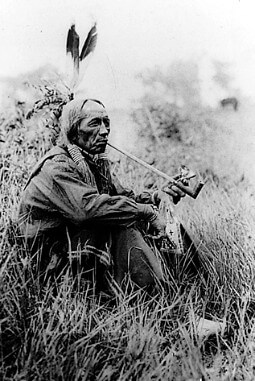
our facebook page for additional articles and updates. Follow us on Twitter @EatThePlanetOrg Why Are We Told That Smoking Is So Bad For Us? Because smoking cigarettes is. It harms almost every organ in your body. It causes 20% of all deaths in the united states annually. Cigarettes often contain poisons such as acetone, ammonia, […]
Sassafras, An Illegal Substance That Grows Wild In Our Back Yards

Sassafras Tree Sassafras is the primary ingredient in traditional root beer as well as being used in the production of MDMA(ecstasy) and MDA. Sassafras tree (Sassafras albidum) is a very common native plant in the Eastern United States. It is often seen in clumps of weedy saplings, but as sassafrases mature they can grow to be large trees. There […]
What is the story behind the banning of Safrole?
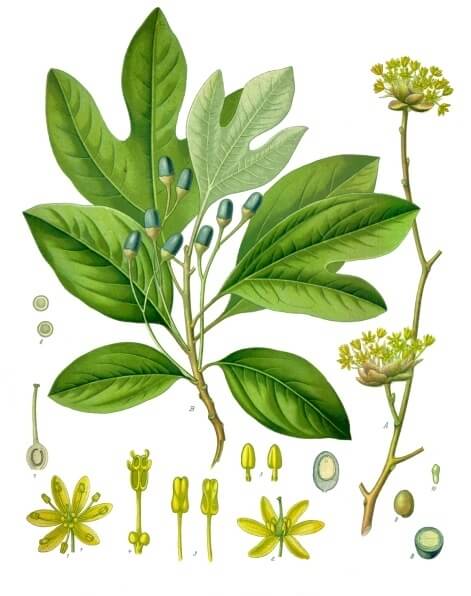
Safrole which is a unique substance in Sassafras can not be found in significant quantity in any food products sold in the united states today. On the surface it looks like a clear and simple reason. Official Reason behind the banning of Safrole In the 1950s in a government study, Safrole had been force fed […]
Eastern Red Cedar Berries, A Touch of Natural Flavor
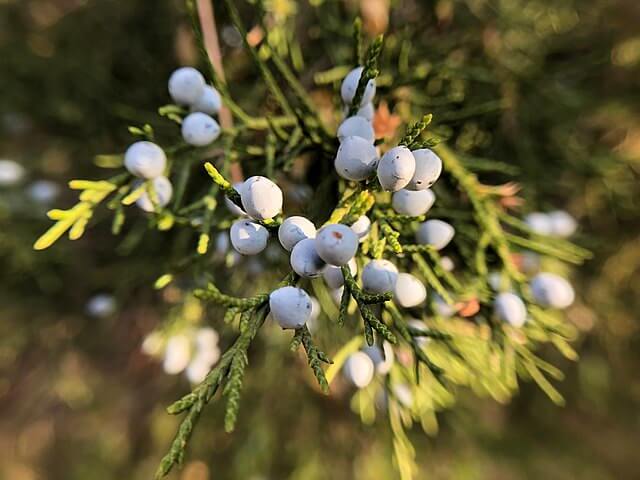
Editor’s note: This article was originally published in December 2013. Updated April 2022. Eastern red cedar (Juniperus virginiana) is a very common native plant in Eastern North America. The common name can be slightly misleading as it’s technically not a true cedar but a juniper. These tall, slim trees with their waxy, light blue-colored berries […]
Turkey Tail, A Powerful Medicinal Mushroom
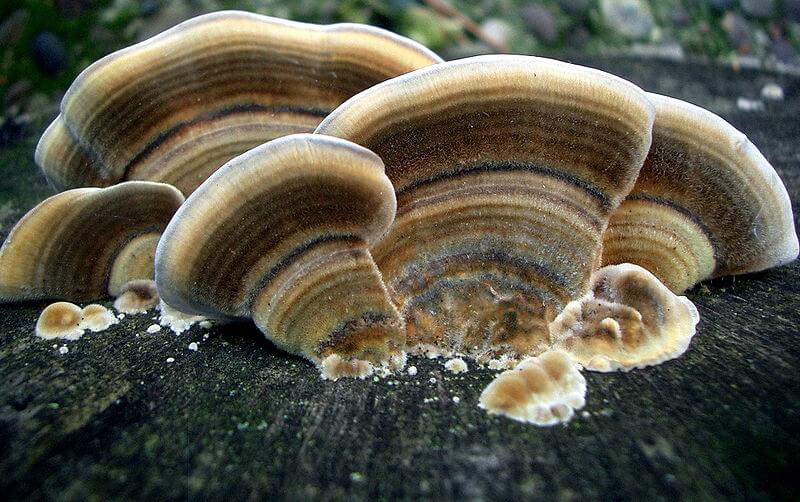
Turkey Tail Mushroom (Trametes versicolor) is a very common mushroom that can be found all over the world. It is a decayer of wood and the mushrooms last a long time, often living into the winter. Turkey Tail Mushroom is an ancient indigenous medicine for different cultures around the world. It can be found growing […]
Wild Garlic, A Great Addition to Foraged Meals

There are a number of plants that go by the name wild garlic, this article focuses on a very common species, Allium vineale which is also called crow garlic. This species has been introduced from Europe and Africa. Onions, Leeks, Garlic, and Shallots all are in the genus Allium and there are multiple wild plants […]
Black Tupelo, A Native American Fruit Tree
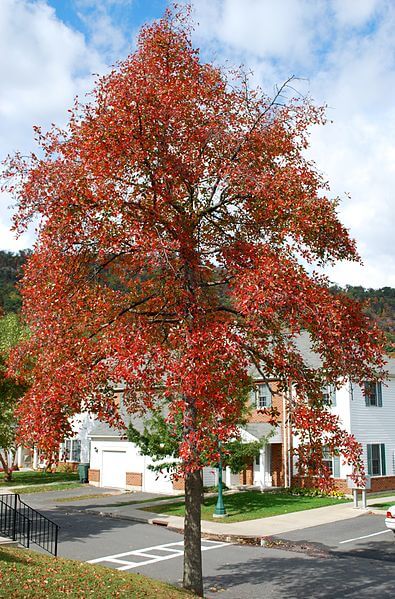
Black Tupelo (Nyssa sylvatica) , also called black gum tree is a North Eastern American native tree producing edible fruit in the fall. There are 2 other species in the genus native to South Eastern US, they are the Ogeechee Lime (Nyssa ogeche) and Water Tupelo (Nyssa aquatica), This article primarily focuses on Nyssa silvatica […]
Japanese Barberry, Invasive Winter Fruit

Japanese Barberry (Berberis thunbergii) is an invasive shrub in eastern United States. It can grow in dense forest shade and is not typically eaten by dear. It is commonly used as a landscape plant and a few varieties have been developed for that purpose. Efforts are under way to prevent the species and all its […]
Autumn Olive, A Common Invasive Edible Fruit

Autumn Olive (Elaeagnus umbellata) is an invasive shrub in central and eastern United States. It was introduced in the 1930s and promoted in the 1950s as a great food for wildlife. It is a great food for wildlife, and people, but it produces so much fruit that birds carry the seeds all over the central […]
Wild Cherry Tree, A Native American Necessity
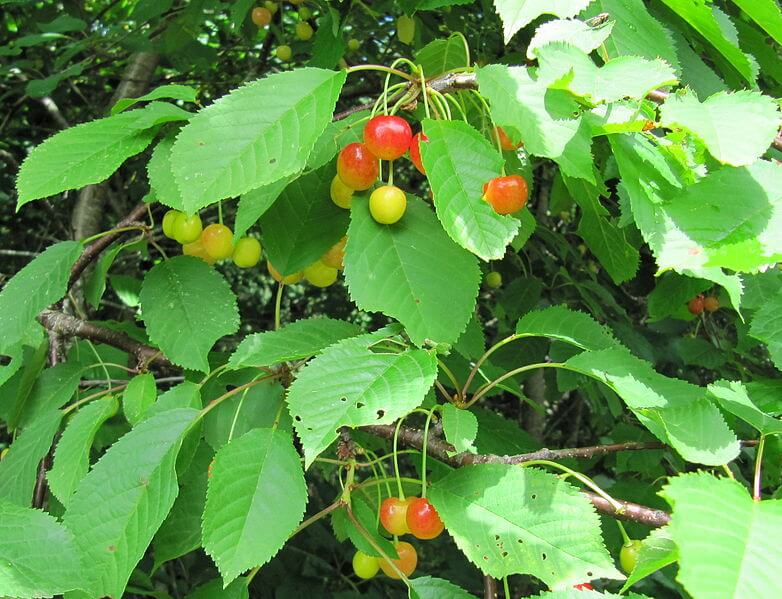
Editor’s note: This article was originally published in September 2013. Updated April 2022. The name ‘wild cherry tree’ refers to a number of species in the genus Prunus. Some of the most common include the black cherry (Prunus serotina) and the chokecherry (Prunus virginiana), both of which are native to North America. There is also […]
Crickets, An Abundant Source of Protein Worldwide

Crickets( Family: Gryllidae) can be found in almost every area on the globe where humans live. Crickets are a substantial snack food for many people around the globe, including parts of Asian and Africa. Your native or local crickets can be collected and raised easily with very little, food water and space requirements. Edibility And […]
Amaranth, A Weed Here, A Staple Food Everywhere Else
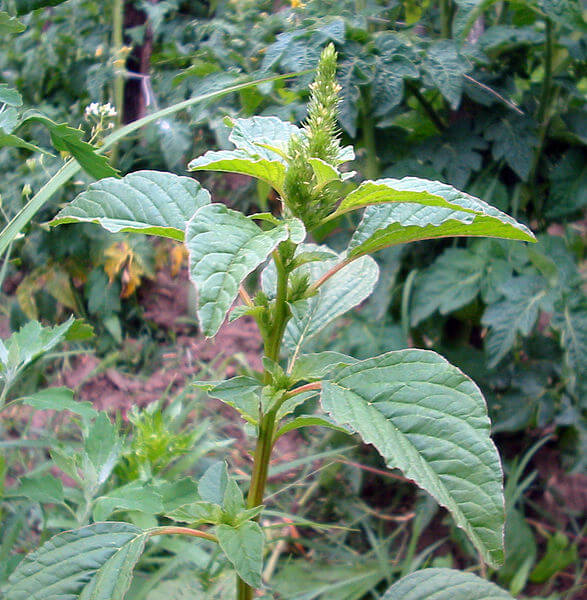
Amaranth(Genus: Amaranthus) is a genus of plants native to The Americas, Africa, Asia, and Europe. It is a primary food source in all these places because it can grow in many soil types, and most if not all members of the genus have edible leaves, roots, seeds. This article focuses on the Amaranth that is […]
